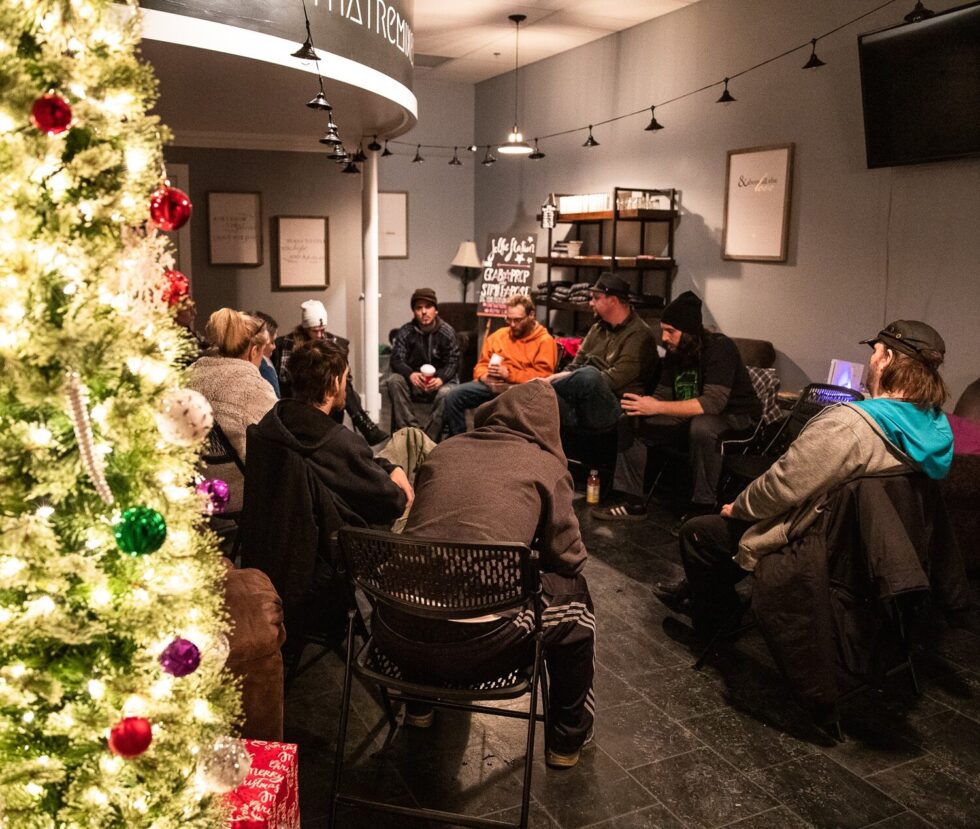None of us will soon forget 2020, the year that changed seemingly everything about our day-to-day lives. From school and workplace closures to social distancing and mask-wearing, it’s been a time of obstacles, challenges, and new experiences for everyone.
With so much attention on COVID-19, many outside the fields of behavioral health and addiction treatment have lost sight of another massive public health problem: a worsening national crisis surrounding substance use and mental health. The coronavirus pandemic has created a “perfect storm” for the growth of this crisis, with more despair and substance use in our communities and more barriers for those seeking treatment.
For many people across the U.S., the pandemic has resulted in joblessness, financial hardship, and loneliness. The effects of this turmoil have manifested in a variety of concerning ways. Alcohol sales, for example, jumped over 40 percent in-store and over 300 percent online at the onset of the pandemic. In June, 40 percent of U.S. adults reported struggling with mental health or substance use. In August, new data revealed that opioid overdose deaths had risen by 18 percent nationally.
Meet people where they are in their journey
Anyone who has worked in addiction treatment and recovery knows that each person’s path to recovery is unique. Everyone is in a different place in their journey.
Historically, many treatment providers have been so focused on achieving 100 percent sobriety that they’ve lost sight of how their members grow and evolve. While abstinence-based approaches work for some, we believe that everyone is unique and that there are many paths to recovery.
The challenges of physical dependence and numerous other complicating factors and social determinants of health mean that not everyone will achieve their goals immediately. Others may find success for a while but struggle with triggers and stressors in their lives that lead to relapse. Organizations that embrace these challenges as growth opportunities will serve their members best.
As service providers, our goal is to help our members—not to penalize them for trying and failing. Just like we wouldn’t stop delivering medical care to a person with diabetes who struggled to stick to a dietary regimen, we don’t believe in kicking people out of our programs just because they’ve struggled to fully meet all of their recovery goals.
Not only is this the most humane approach, but it’s also based on a wealth of evidence that harm reduction strategies improve health and reduce health disparities. When we work to reduce adverse consequences of drug use in parallel with other treatment approaches, we give people the support and safety they need to find the way that works best for them. When we take an all-or-nothing approach, people get left behind.
Expand virtual and digital care options to augment in-person care
One of the most promising developments we’ve seen in recent months is the rapid expansion of telehealth for both medical and behavioral health care.
Seeing the urgent need for remote care at the onset of the pandemic, government regulators eased requirements in order to accelerate the adoption of telehealth solutions. Across the country, community organizations and treatment providers have rapidly shifted to remote service options, whether moving in-person gatherings to video conference platforms or expanding existing virtual communities and events.
At Better Life Partners, our medical and behavioral health treatment platform had already operated through a combination of in-person and telehealth care, and we were able to rapidly shift to a primarily remote care model in the early days of the pandemic, ensuring our members received essential treatment services while minimizing potential exposures to coronavirus.
Virtual care has been vital in maintaining continuity of care, but in-person access remains important to keep members engaged and serve those with limited technology access. We’ve trained our community health coordinators, so they can safely work with members and community partners while minimizing risk of virus transmission. We adapt to local conditions and the needs of our partners, while working to ensure that the people we collectively serve don’t fall through the cracks.
Organizations will need to continue seeking these types of innovative options for their patients and clients long after the pandemic ends. For members of the community who are high risk, have anxiety or mobility issues, or lack transportation, virtual and digital care can literally meet them in their own living rooms. Combining this virtual care with in-person access optimizes around individual needs and improves outcomes.

Better Life Partners members meeting for supportive group therapy in 2019. During the pandemic, we’ve shifted to a primarily remote care model.

